Outdoor Safety Applications
The adventurous craze has attracted many ordinary people to join the ranks of donkey friends. Green mountains, green waters, cliffs, singing birds and fragrant flowers, etc., make outdoor sports full of passion and charm. But at night, everything outside seems to have changed, full of unknown dangers and fears. At this time, the outdoor "artifact", infrared thermal imaging camera is the best choice!
1. In the case of no light or low light, the thermal imager can clearly distinguish the terrain, which is convenient for hikers to camp safely at night, and can also simply see the moving wild animals in the distance.Avoid the beast. To ensure the safety and efficiency of outdoor activities.
2. During the day, the thermal imager can also effectively penetrate the smoke, so that travelers can clearly see the road conditions and surrounding environment during foggy activities, reducing the risk of getting lost.
3. You can have a panoramic view of the cave, which is the first choice for cavers!
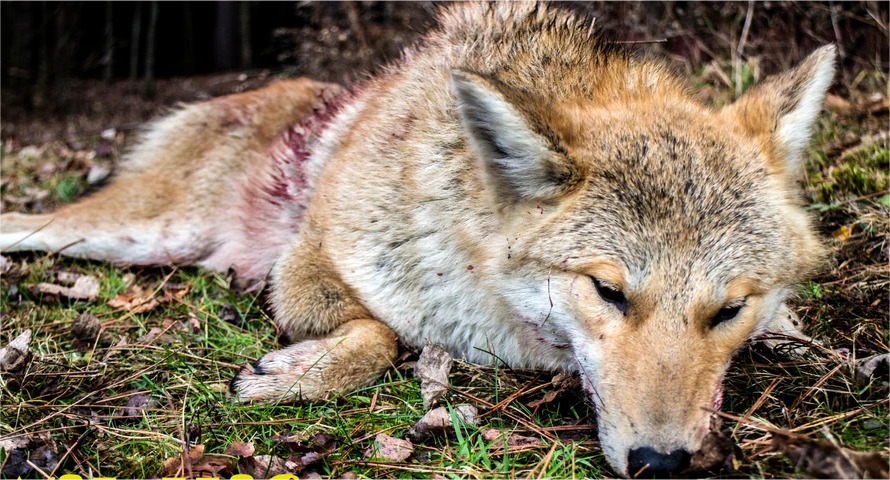
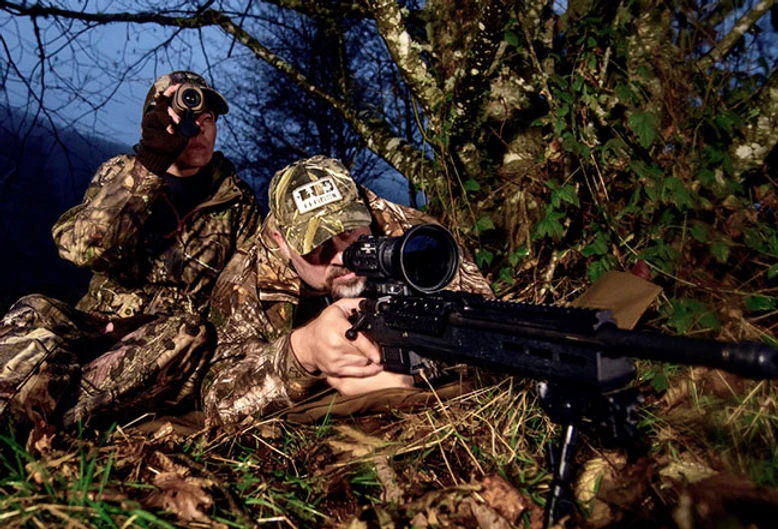
Due to the harsh on-site environment and human visual illusions, it is easy to make wrong judgments. Infrared thermal imaging can detect hidden thermal targets through camouflage and blades of grass.Ideal for campers and hikers to see clearly in the dark. When camping, the thermal imager can also help you find wild animals, or find lost pets, and play hide-and-seek at night, which is very practical.
Another important role of infrared thermal imaging camera in outdoor hunting
Thermal Technology Applied to Outdoor Hunting
Don't want your prey to spot your presence, you can't use a flashlight in these dark woods. Even if you're moving slowly and quietly, the sound of stomping on dead branches is a lot like a rifle shot, and more importantly, after you've accidentally tripped and there's a thud on the ground. Then there was the clattering of hooves away and the crackling of the bushes, sure signs that a deer or two were long gone.
So how do you get into the depths of the forest before dawn without disturbing the local wildlife?
Is there a way to check for animals before walking through that area in the dark?
Since using a thermal imaging monocular, I haven't been caught walking into my blind spot or trekking back to the truck after a hunt. I've become more stealthy about the wildlife in my area and often avoid them on purpose, even when doing pre-season scouting. My thermal imaging monocular is also great for post-shoot blood tracking and game recovery. The biggest question on any hunter's mind -- when a shot animal flees -- is whether they can retrieve it themselves. No hunter wants to lose an animal. The blood, exposed readily, glows until its temperature drops to that of the region in which it has become acquainted. Even so, a downed animal glows for hours after injection, making recovery much easier.
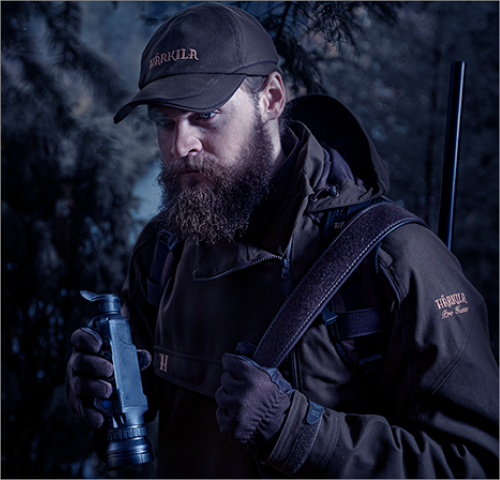
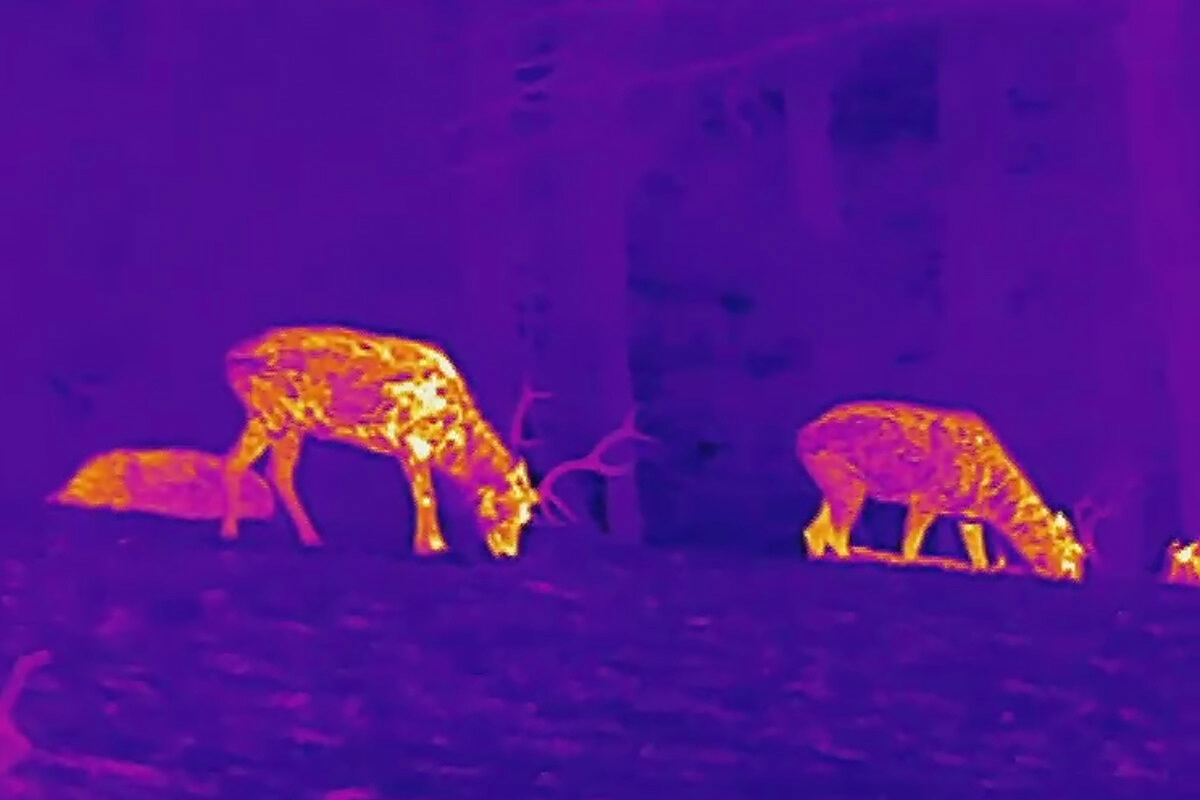
Role in Outdoor Search and Rescue
Recently, incidents of missing teenagers have occurred from time to time. Some children were lucky enough to be found by passers-by or rescuers and returned to their families in time; . In the face of disappearances, we can find that the police used infrared drones, sonar and other modern rescue equipment in the search, but there will also be unsuccessful search and rescue. While regretting, I am also thinking about whether the current rescue methods, such as infrared thermal imaging, are effective in a wider range of rescue scenarios?
What is the role of thermal imaging in outdoor search and rescue?
1.To understand this problem, we first need to understand how it works. Infrared thermal imaging is a technology that converts infrared radiation invisible to the naked eye into a visible image by detecting the infrared radiation of the target object through photoelectric conversion, electrical signal processing and digital image processing. Since humans are warm-blooded animals, their body temperature is usually quite different from that of the surrounding environment. Under the infrared lens, the huge difference in temperature forms a strong color contrast, thus forming a clearer human silhouette, which helps to find search and rescue targets.
2.The golden rescue time for missing persons is only 72 hours. In traditional rescue scenarios, once a person is found missing, an aimless blanket search is often used, which is inefficient in finding people and easily misses the golden rescue time. With the continuous maturity of application technology, thermal imaging cameras have become important equipment in modern rescue, and there are many successful application cases.
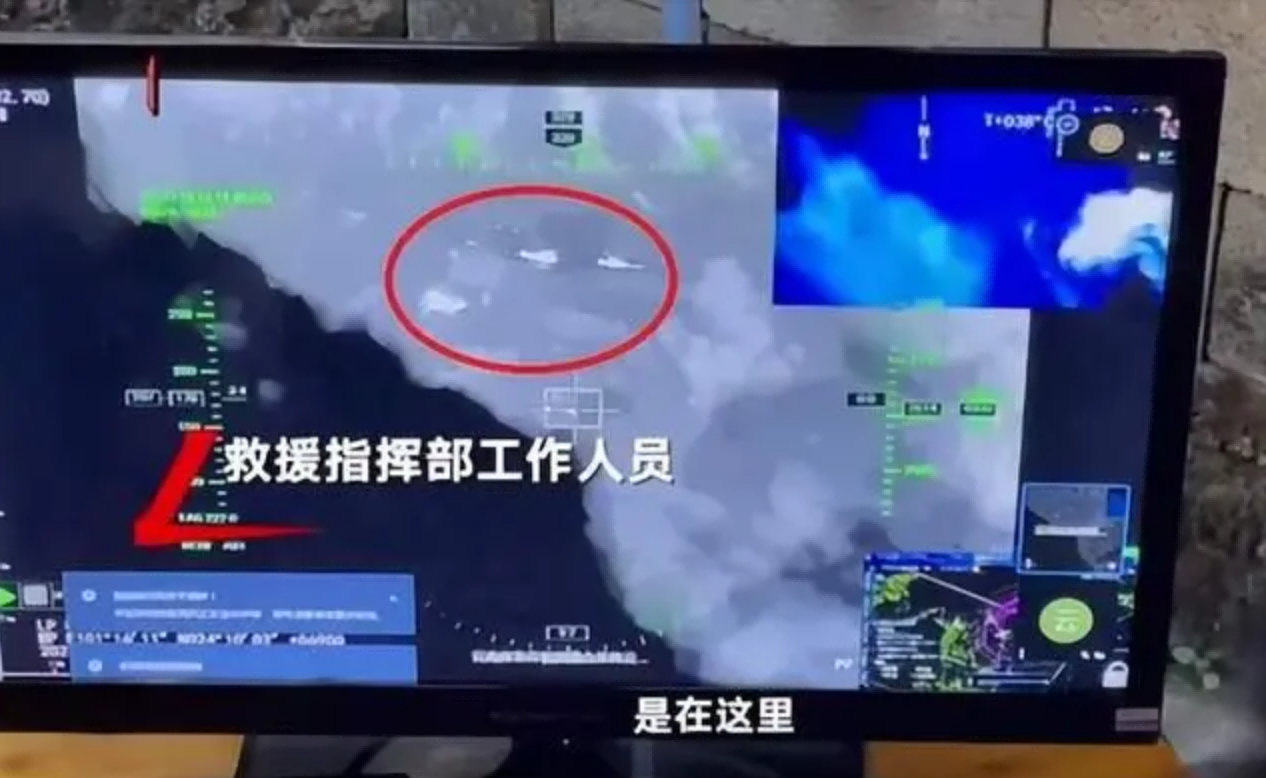
3.On January 28, 2023, a 70-year-old elderly man with Alzheimer's disease went missing in Haishu, Ningbo. The missing area was steep with steep mountain roads and lush weeds, making it extremely difficult to find. They found a suspected heat source, and finally found the shivering old man in the biting cold wind.
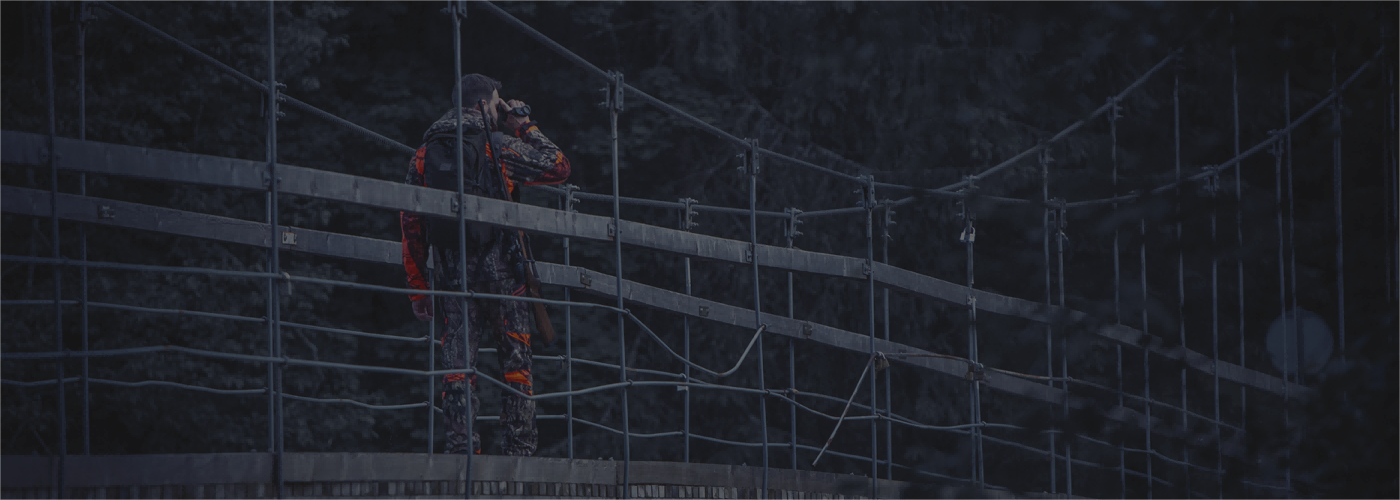
The tragedy cannot be completely avoided. The significance of scientific and technological progress for search and rescue work is that the most important thing is to improve efficiency and buy time. Under night vision conditions, such as dark nights, tunnels, and abandoned factory buildings with power outages, it brings challenges to search and rescue work; in surface rescue scenarios, such as flood disasters, many people are swept into the flood, and complex floating objects on the water surface It is easy to cause occlusion, and it is extremely difficult to find the rescue target with the naked eye; in complex outdoor scenes such as mountains, deserts, and dense forests, it is difficult to approach by manpower alone, and search and rescue work is even more difficult.
At this time, the UAV equipped with a thermal imager can be used for aerial detection, and the advantages of high viewing angle and mobility can be used to greatly expand the scope of search and rescue; because the thermal imaging technology adopted by the thermal imager has strong penetrating ability, it can It can identify lost persons who are covered by obstacles such as weeds, and can be seen day and night, which brings great convenience to modern rescue work. Whether it is in the dark night, dense jungle, barren desert, or vast sea, infrared drones can conduct long-distance detection 24 hours a day, greatly expanding the scope of search and rescue, and helping search and rescue personnel find missing persons in the shortest possible time. to increase their chances of survival. In addition, in a wider range of rescue scenarios, we often use infrared drones together with modern equipment such as positioning technology and sonic shouting to make rescue more efficient.





